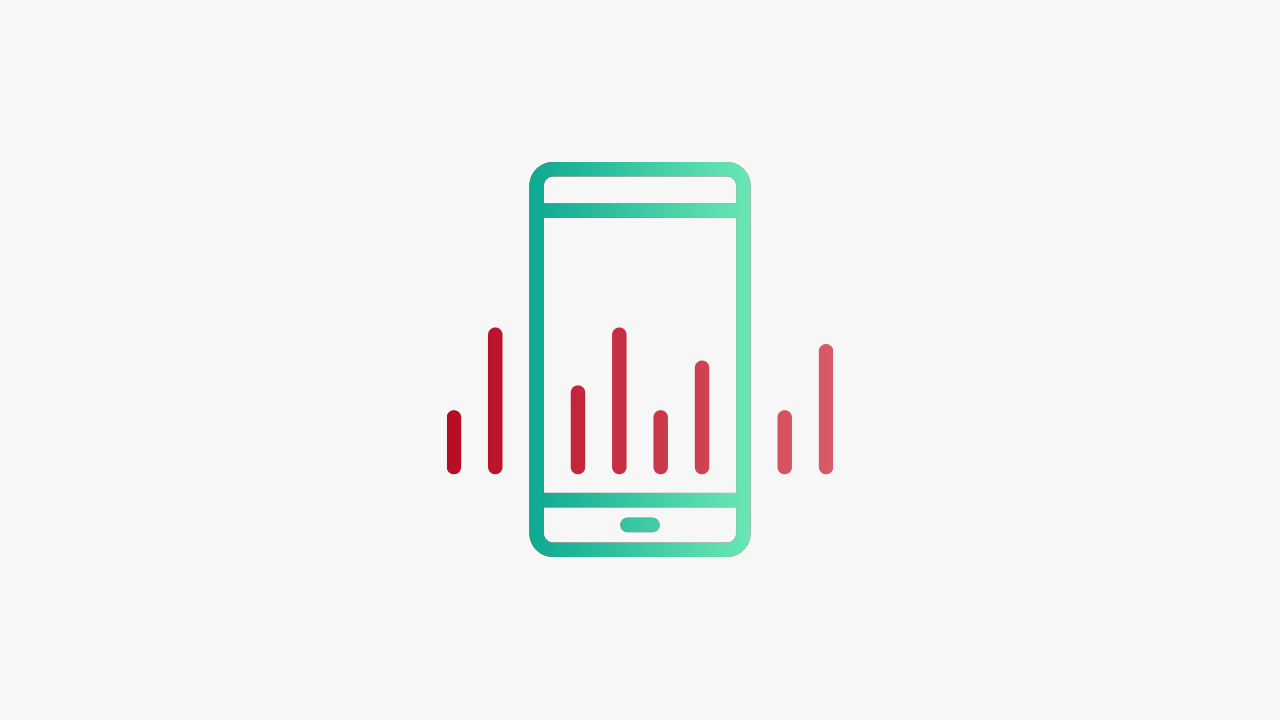We’ve explored before why Bain and Google named this decade the ‘digital decade’ in Southeast Asia. The regional digital economy is seeing a surge in growth, reaching $200 billion in 2022 and on track to reach $330 billion by 2025.
Affiliate marketing plays a key role here, especially since more global partnership software and technology platforms like impact.com and Partnerize have prioritised the region, galvanising the publisher base.
However, there is another major stakeholder in the mix for this region’s growth, a channel that is seeing more and more exposure across Southeast Asia’s markets. It is, of course, influencer marketing.
Cold, hard stats
Influencer ad spend in Southeast Asia has seen a strong increase since 2017, growing from $82.87 million to $603.5 million in 2023. This growth reflects a Compound Annual Growth Rate (CAGR) of approximately 39% – an impressive figure by multiple industries’ standards.
And it is expected to continue. Statista projects that the regional influencer ad spend will reach $977 million by 2027 and will surpass one billion ($1.67 billion to be exact) the following year. It’s expected that the majority of this spend will be funnelled into mobile ads instead of desktop.
Social is supreme
The reason for this growth? Social media is huge in Southeast Asia. In fact, users in the region spend more time on the internet than anywhere else in the world. The Philippines comes out on top with internet users spending nearly 11 hours a day online. Malaysia, Indonesia, and Thailand are all in the top ten, and Singapore sits in eleventh place.
It’s a fair guess that a lot of this online time takes place on social platforms. Facebook and Instagram have seen a significant uptake, but TikTok has really launched into the stratosphere, growing from 8.02 million users in 2017 to 282 million in 2023. It’s estimated that this number will rise to 344.5 million users by 2027.
The success of this app brings two lessons: 1) If you want to engage with the Southeast Asian market, make sure you’re on TikTok; 2) Take advantage of emerging, trendy platforms to quickly reach a new audience, or reinforce yourself to existing customers.
Watch out for bans
Still, it’s not all plain sailing. Back in October, TikTok announced that it would be suspending its online shopping service in Indonesia to comply with new regulations in the country. These rules are aimed at separating e-commerce from social media platforms.
These days, bans on TikTok and other social platforms are not uncommon. Meta has recently faced a series of bans throughout the EU; India has banned TikTok; and the future of the app in the US is still uncertain.
The moral of this story is to diversify your portfolio. It’s typical to see a following grow more on one platform over another, but keep your fingers in as many pies as you can so that if one goes down, it doesn’t take your entire business with it.
Go macro, or go home
Over in Europe and the United States, it’s typical to hear brands and marketers spread a budget across several micro-influencers, or even nano-influencers, over-investing in one mega-influencer. Often, in these regions, you will see better engagement and conversion rates with niche influencers, who have a smaller but more active audience than the larger ones.
This isn’t the case in Southeast Asia.
In this region, purchase recommendation power from influencers and celebrities increases in proportion with following size, according to a new report from Cube Asia and impact.com. Southeast Asian consumers trust these influencers the most and top influencers hold greater recommendation power than celebrities. This means that the biggest influencers in the area will be most powerful in convincing customers to buy.
Typically, these influencers have over 1 million followers, are only popular in their home countries, and focus on 1-2 platforms.
However, this isn’t all to say that microinfluencers are complete duds in this market. These vertical-specific influencer types are useful for driving lower funnel activity, as they can be very targeted and ROI-focused. They are more commonly found on affiliate programmes or hired on a performance basis.
Learn more at Partnerships in Paradise Asia
In less than two weeks, we’ll be exploring more about influencer marketing in Southeast Asia at our hotly anticipated Partnerships in Paradise event. Impact.com will be hosting the session and explicating more findings from their innovative new report.
There’s also much more to get clued up on with our compelling content schedule, which is designed to equip you with everything you need to launch into success in this lucrative, up-and-coming market.
If you’re an influencer or affiliate marketer, the Southeast Asian market could be your next best destination – there’s a wealth of opportunity for both channels.
Register now and learn how to expand your reach and connect with a thriving digital landscape.
Plus, the views are beautiful, the weather is great, and we’ll all be having a fantastic time.
We hope to see you out there!









